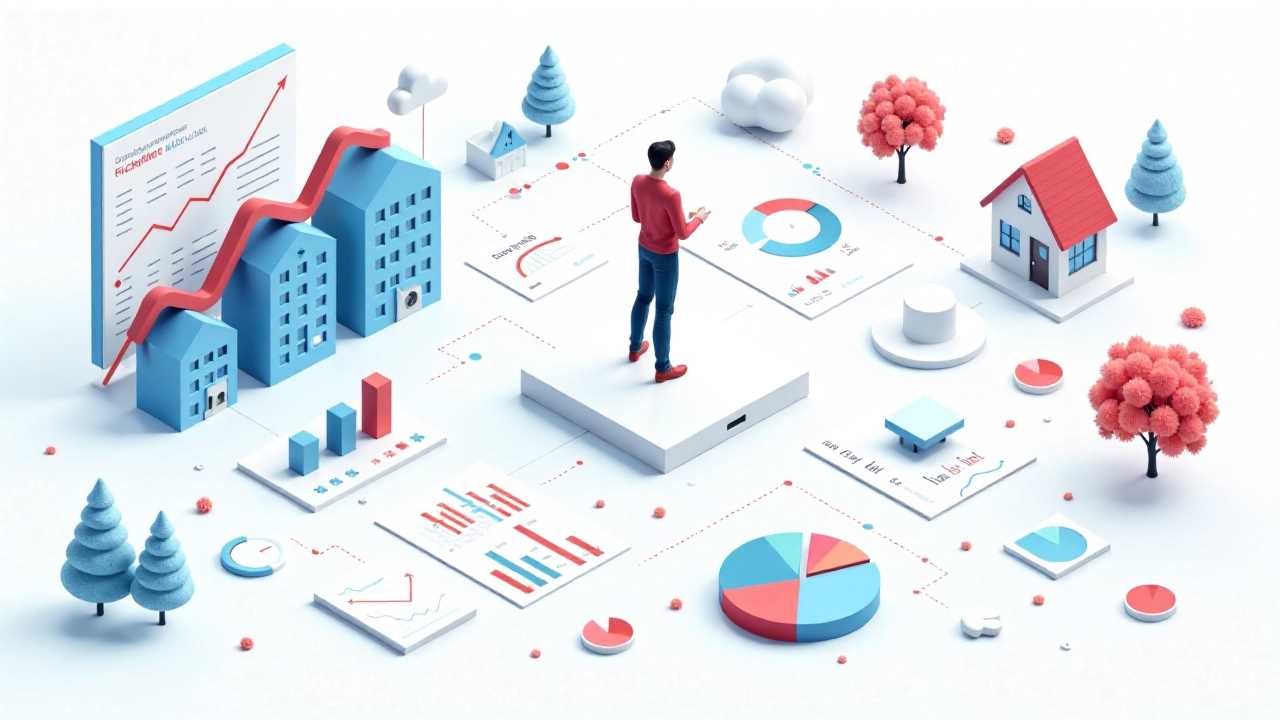
Understanding Real Estate Market Infographics
In the realm of real estate, infographics serve as a powerful tool for conveying complex information in a visually appealing manner. These visual representations of data not only simplify intricate statistics but also enhance audience engagement. By utilizing real estate market infographics, we can effectively communicate trends, comparisons, and insights that are vital for decision-making.
DIY Infographics: Crafting Your Own Visuals
Creating your own infographics can be an exciting and rewarding process. With the right tools and techniques, anyone can design compelling visuals that resonate with their audience. Start by selecting a design platform that suits your needs, such as Canva, Piktochart, or Adobe Illustrator. These platforms offer user-friendly interfaces and a variety of templates tailored for DIY infographics.
When designing your infographic, focus on the following elements:
1. Color Scheme: Choose a color palette that aligns with your brand identity. Colors evoke emotions and can significantly impact how your message is perceived.
2. Typography: Select fonts that are easy to read. A combination of a bold headline font and a simpler body font can create a balanced look.
3. Imagery: Incorporate relevant images and icons that complement your data. Visual elements should enhance the message rather than distract from it.
Design Tips for Effective Infographics
To create engaging infographics, we must consider several design tips that enhance clarity and appeal:
- Hierarchy: Establish a clear visual hierarchy. Use size, color, and placement to guide the viewer's eye through the information. The most critical data points should stand out.
- White Space: Don’t overcrowd your infographic. Ample white space allows the viewer to focus on each element without feeling overwhelmed.
- Consistency: Maintain a consistent style throughout your infographic. This includes color schemes, fonts, and iconography. Consistency fosters familiarity and professionalism.
Visual Storytelling: Crafting a Narrative
Visual storytelling is an essential aspect of creating impactful infographics. Rather than presenting data in isolation, we should weave a narrative that connects the information. Here’s how to achieve this:
- Identify Your Message: Determine the core message you want to convey. What story does the data tell? This will guide your design and content choices.
- Use Data to Support Your Narrative: Integrate statistics and facts that reinforce your story. For instance, if you are showcasing housing market trends, include data on price fluctuations, inventory levels, and buyer demographics.
- Engage Emotions: Infographics that evoke emotions tend to be more memorable. Use imagery and language that resonate with your target audience.
Data Visualization Techniques for Real Estate
Effective data visualization is crucial for making complex information accessible. Here are some techniques specifically tailored for the real estate market:
- Charts and Graphs: Utilize bar graphs, line charts, and pie charts to represent numerical data. These visual aids can effectively illustrate trends over time or comparisons between different markets.
- Maps: Geographic data can be particularly compelling in real estate. Use maps to show property values, neighborhood demographics, or market saturation in different areas.
- Infographic Layout Techniques: Experiment with different layouts to find what works best for your data. Vertical layouts are great for storytelling, while horizontal layouts can be effective for comparisons.
Engaging Your Audience
The ultimate goal of creating real estate market infographics is to engage your audience. Here are strategies to enhance audience engagement:
- Call to Action: Encourage viewers to take action after viewing your infographic. This could be visiting your website, signing up for a newsletter, or contacting you for more information.
- Shareability: Design your infographic with sharing in mind. Include social media buttons or links to make it easy for viewers to share your content.
- Feedback Loop: Encourage feedback from your audience. This can provide valuable insights into what resonates with them and how you can improve future infographics.
The Power of Infographics in Real Estate
Mastering the art of real estate market infographics is an invaluable skill for anyone in the industry. By utilizing DIY infographics, applying effective design tips, and employing visual storytelling techniques, we can create compelling visuals that not only inform but also engage our audience. With the right approach to data visualization and layout techniques, we can transform complex data into accessible insights, ultimately driving better decision-making and fostering stronger connections with our audience.
 Digital Art InstructionDIY Infographics DesignMobile Game ArtworkPersonalized Logo Design3D AnimationeBook Covers DesignPrivacy PolicyTerms And Conditions
Digital Art InstructionDIY Infographics DesignMobile Game ArtworkPersonalized Logo Design3D AnimationeBook Covers DesignPrivacy PolicyTerms And Conditions
